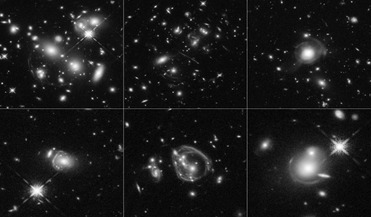 07 June 2017
Rare, massive, starburst galaxies captured in detail by Hubble
07 June 2017
Rare, massive, starburst galaxies captured in detail by Hubble
The Hubble Space Telescope has given astronomers an unprecedented view of some ... enshrouds the host galaxies. While visible light is effectively blocked from our telescopes making it very difficult to detect them, the galaxies shine brightly in ...
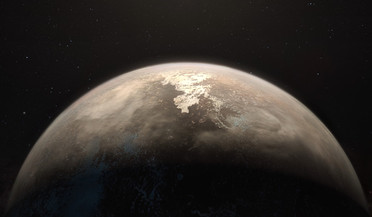 15 November 2017
Earth-mass temperate exoplanet found close by
15 November 2017
Earth-mass temperate exoplanet found close by
... be found in greater number with advancing technology. And when they are found, then ESO’s Extremely Large Telescope (ELT) will be on hand to help detect vital organic biomarkers, such as oxygen, in the atmospheres of exoplanets close to us. “New...
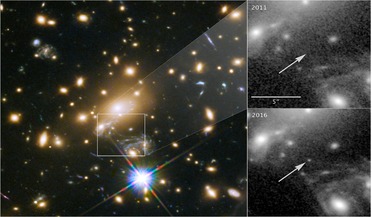 03 April 2018
Astronomers unexpectedly find the most distant star ever discovered
03 April 2018
Astronomers unexpectedly find the most distant star ever discovered
... and Hubble just happened to be poking around in the same galaxy looking for something else. The space telescope had originally been set up to observe a gravitationally lensed supernova explosion nicknamed “Refsdal” in the galaxy cluster MACS...
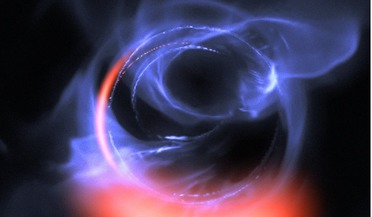 31 October 2018
Black hole status of the Milky Way centre confirmed with striking new data
31 October 2018
Black hole status of the Milky Way centre confirmed with striking new data
... made only possible due to the impressive light collecting power from four telescopes, that are drawn together in one instrument to create a virtual super-telescope 130 metres in diameter; GRAVITY. This impressive piece of equipment uses lasers...
 11 March 2020
Ultra-hot exoplanet literally rains iron say astronomers
11 March 2020
Ultra-hot exoplanet literally rains iron say astronomers
...for exoplanets using transit photometry with an array of robotic telescopes on La Palma in the Canary Islands. This puffed-up...light and other radiation by matter – using ESO’s Very Large Telescope (VLT). The authors, whose work was just published in ...
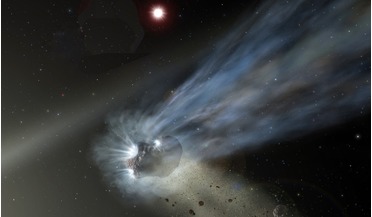 20 April 2020
New research shows interstellar visitor 21/Borisov is not your average comet
20 April 2020
New research shows interstellar visitor 21/Borisov is not your average comet
... to visit our Solar System, comet 2I/Borisov. With telescopes trained to watch its passage through our cosmic backyard, ... Cordiner and colleagues who have used the Hubble Space Telescope (HST) and the Atacama Large Millimetre/submillimetre Array ...